Financial Management: Project Appraisal using NPV, IRR, ARR & CAPM
VerifiedAdded on 2023/06/18
|6
|525
|128
Homework Assignment
AI Summary
This assignment solution focuses on financial management principles, specifically project valuation and the Capital Asset Pricing Model (CAPM). It begins with a project valuation using methods such as Net Present Value (NPV), Internal Rate of Return (IRR), and Accounting Rate of Return (ARR) to determine the financial acceptability of a project. The analysis includes calculations for cash inflows, discounted cash inflows, and initial investment considerations. The solution highlights the advantages and disadvantages of these valuation methods, emphasizing the importance of understanding future cash flow values for long-term decision-making. Furthermore, the assignment delves into the CAPM model, explaining its assumptions and providing a calculation example to illustrate the relationship between systematic risk and expected return. The CAPM analysis includes the risk-free rate, beta, and market return to determine the expected return on investment. This document, contributed by a student and available on Desklib, provides a comprehensive overview of key financial management concepts and their practical applications.
1 out of 6
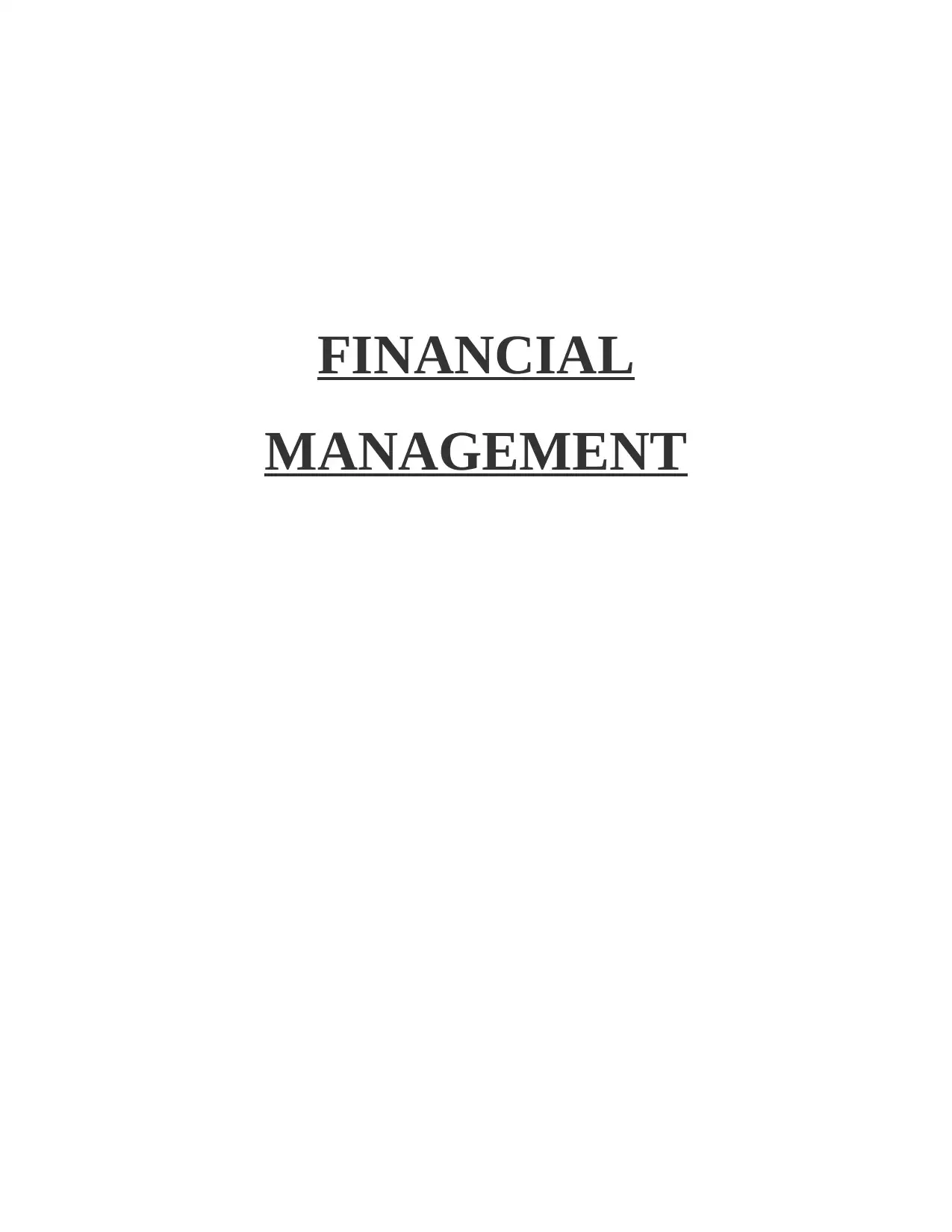

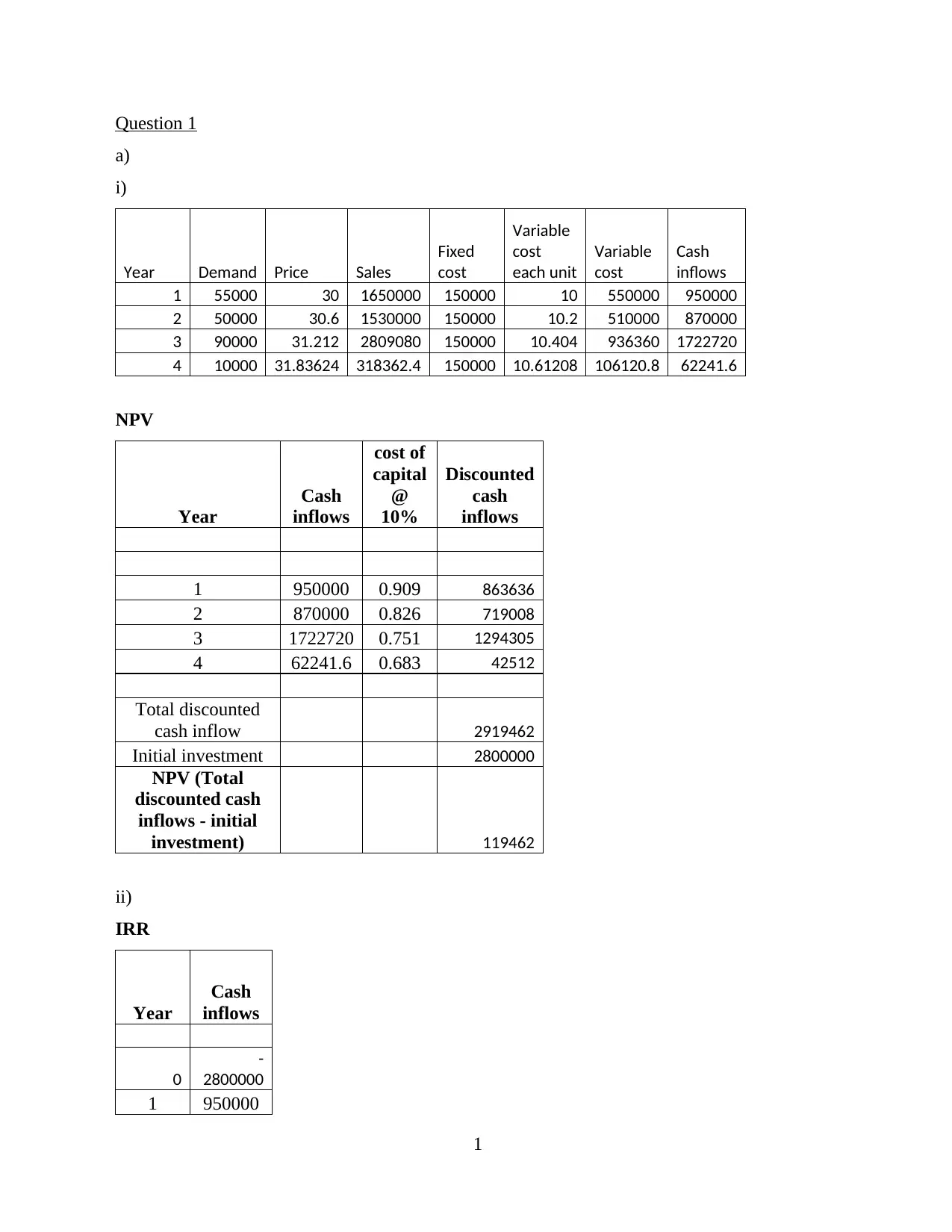

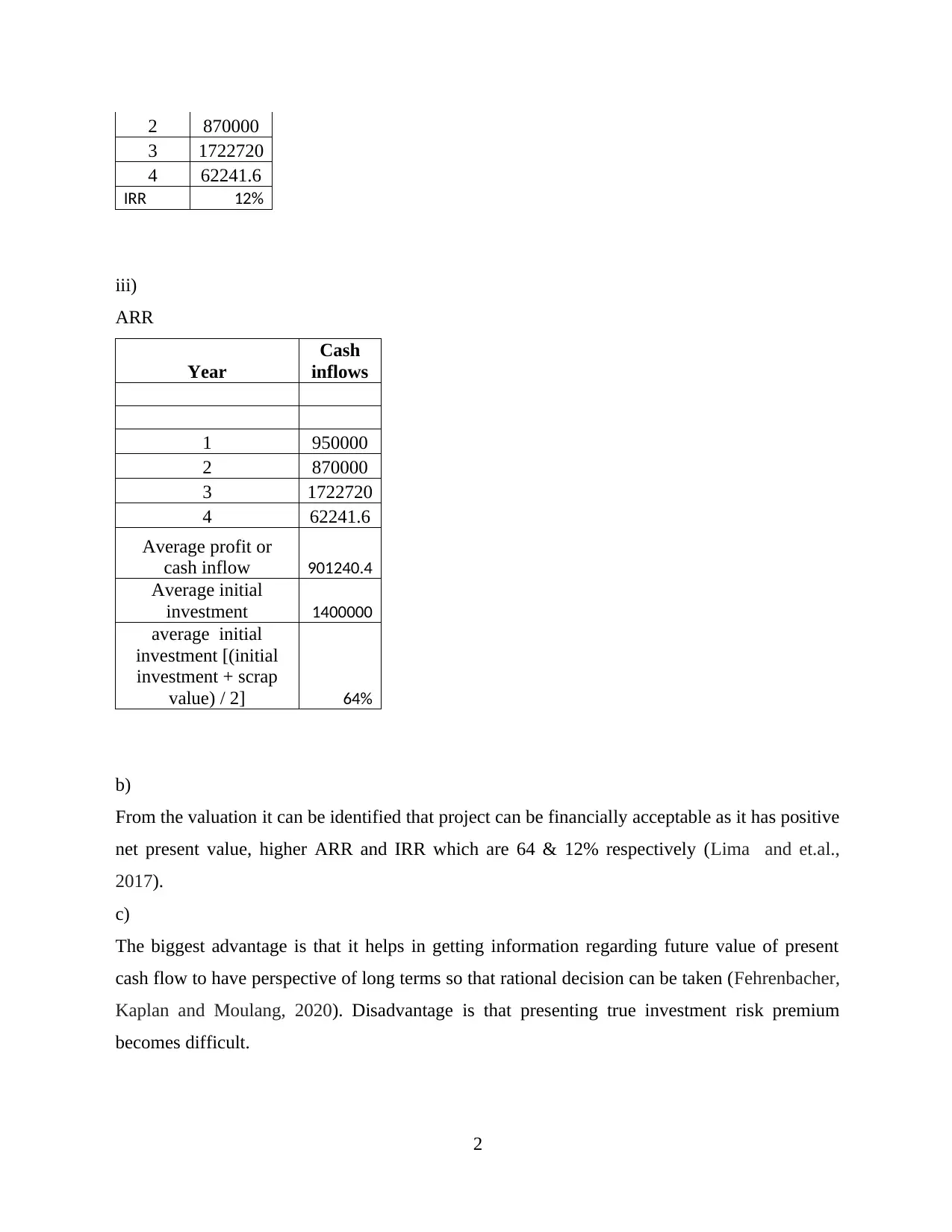
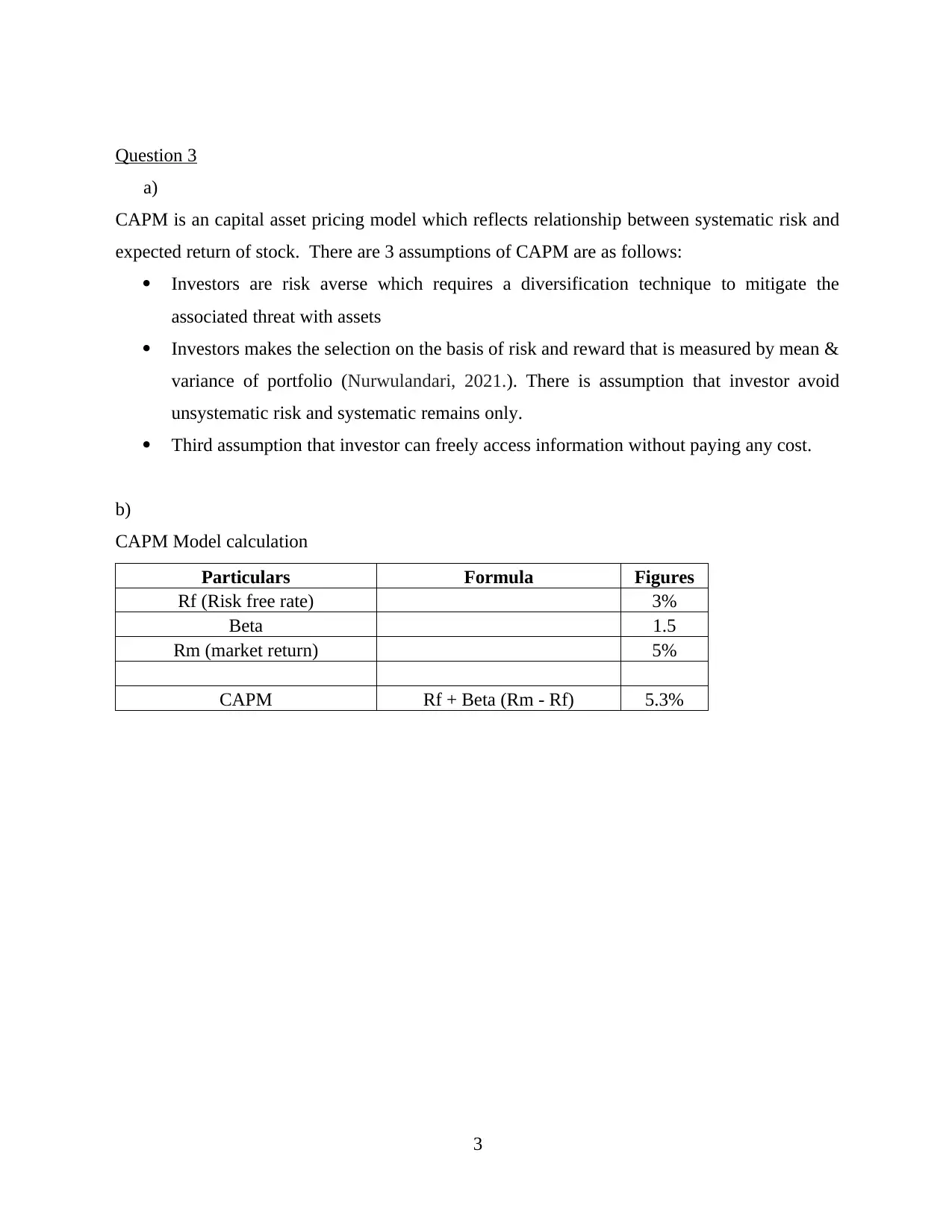
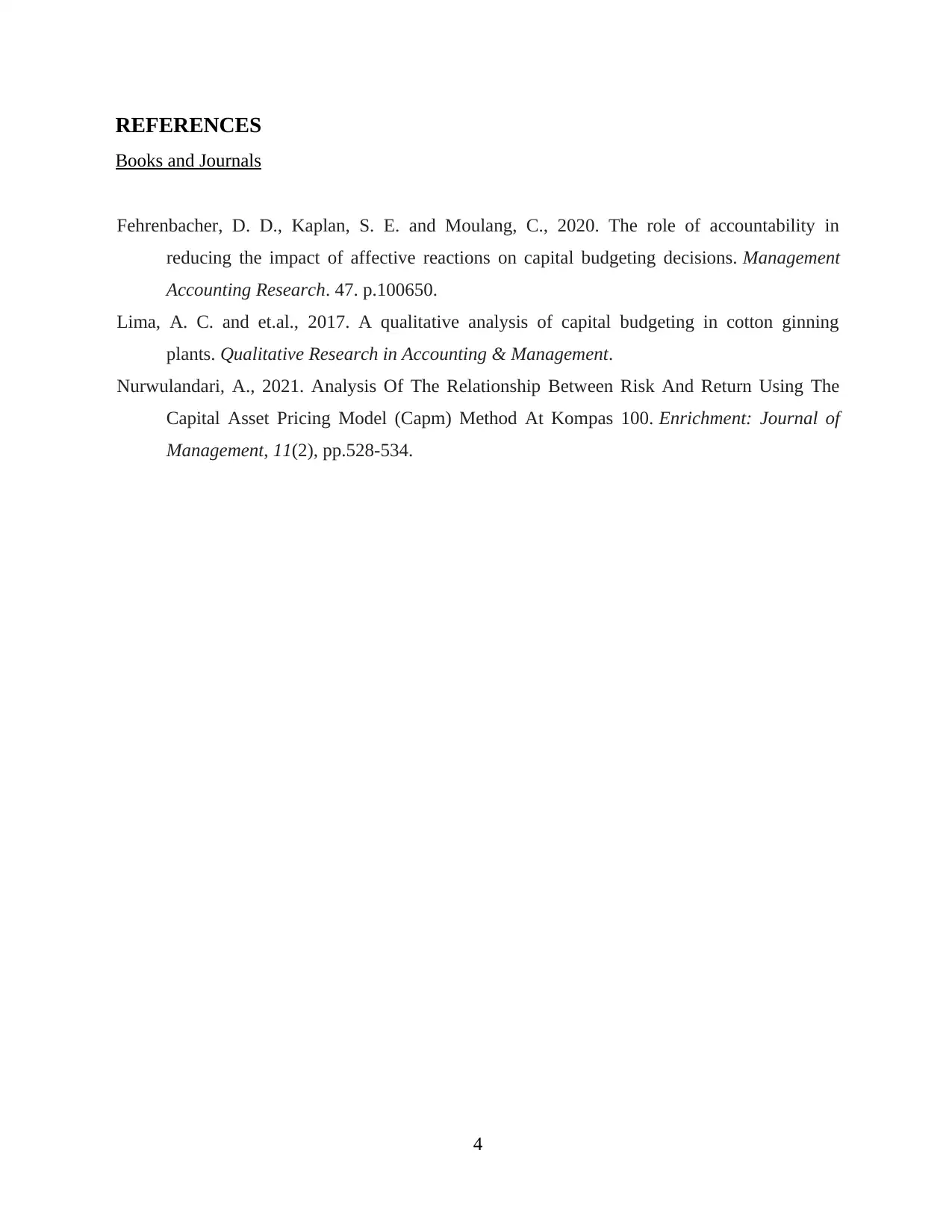






![[object Object]](/_next/static/media/star-bottom.7253800d.svg)